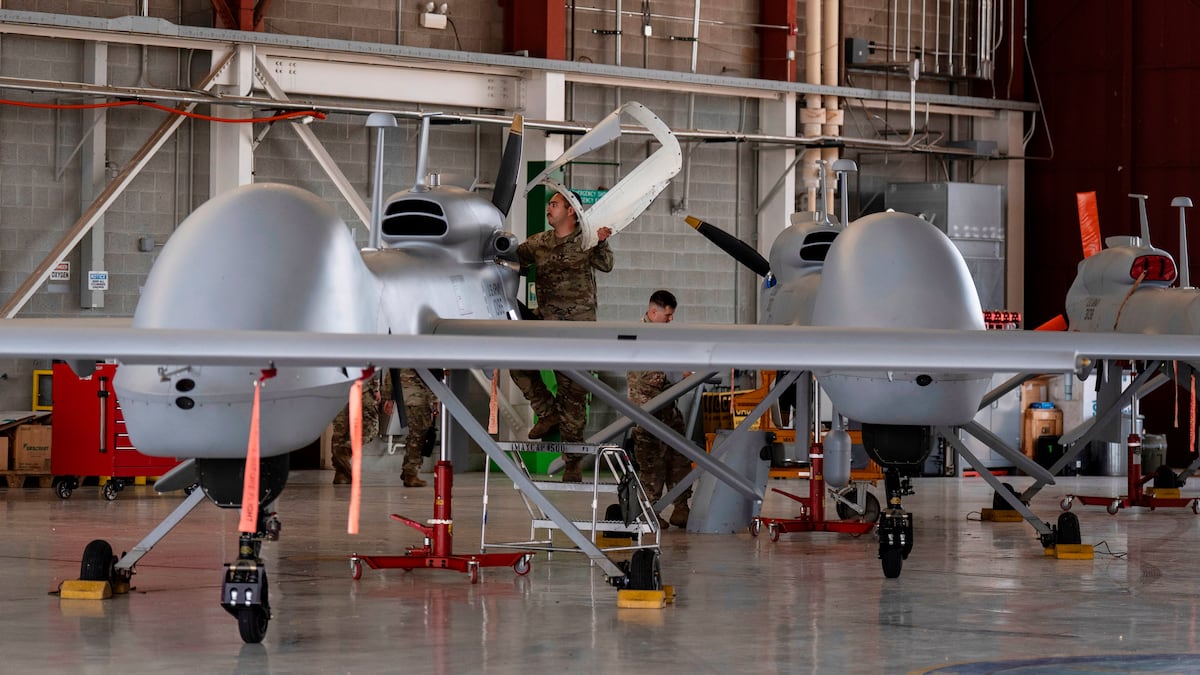
"Inside a windowless and dark shipping container turned into a high-tech surveillance command center, two analysts peered at their own set of six screens that showed data coming in from an MQ-9 Predator B drone. Both were looking for two adults and a child who had crossed the U.S.-Mexico border and had fled when a Border Patrol agent approached in a truck."
"The Department of Homeland Security allocated 12,000 hours of MQ-9 drone flight time this year at the Fort Huachuca base, and says the flights cost $3,800 per hour, though an inspector general report in 2015 said the amount is closer to $13,000 when factoring in personnel salaries and operational costs. Maintenance issues and bad weather often mean the drones fly around half the allotted hours, officials said."
"Like the command center, the onetime shipping container was dark, lit only by the glow of the computer screens. The hunt for the three migrants embodied how advanced technology has become a vital part of the Trump administration's efforts to secure the border. This type of drone, previously used in warfare, was operated by the National Air Security Operations division of Customs and Border Protection at the Army base about 70 miles south of Tucson."
Analysts and operators use MQ-9 Predator B drones to detect migrants after crossings, working from converted, windowless shipping containers at a Fort Huachuca hangar. A drone pilot, camera operator and two analysts monitor multiple screens to search wide desert areas for people who fled from Border Patrol. Customs and Border Protection's National Air Security Operations division operates the drones about 70 miles south of Tucson. The Department of Homeland Security allocated 12,000 flight hours at Fort Huachuca with an official per-hour cost of $3,800, while an inspector general estimated closer to $13,000 per hour when including personnel and operational costs. Maintenance and weather frequently halve planned flight time, and fewer migrant crossings have reduced mission demand.
Read at english.elpais.com
Unable to calculate read time
Collection
[
|
...
]